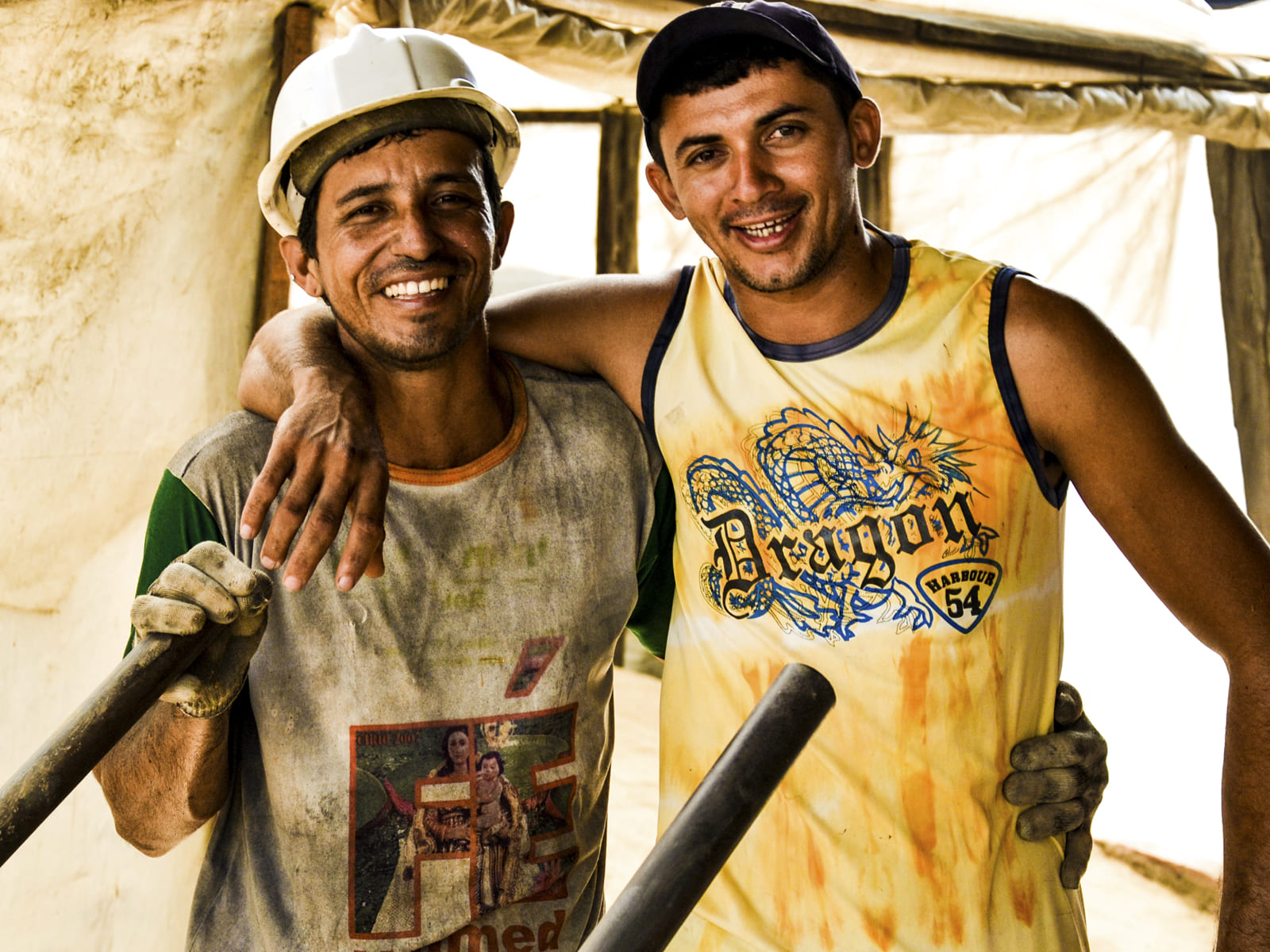Tonnes of CO2eq Compensated
329
Project Type
Renewable Biomass
Biome
Amazon
Location
São Miguel do Guamá
Status
Active
Standard
VCS
Localizada em São Miguel do Guamá (PA), a Cerâmica Kamiranga é um caso exemplar de inovação sustentável. Após décadas dependendo da lenha extraída da floresta, a empresa transformou sua produção em 2007 ao substituir completamente esse recurso ambientalmente custoso por biomassa renovável de ciclo carbono neutro. Através de uma metodologia internacional, o Kamiranga Ceramic Fuel Switching Project garantiu um processo produtivo mais limpo, com drástica redução na emissão de gases de efeito estufa, em média, 29.828 tCO2e por ano, ou 298.280 tCO2e entre 2018 e 2027. Além disso, o projeto também demonstrou na prática a viabilidade de harmonizar a tradição industrial com a preservação do bioma amazônico, mantendo viva a atividade cerâmica regional sem estimular a devastação da floresta.
Learn More
A Cerâmica Kamiranga, localizada em São Miguel do Guamá (PA), abastece o mercado de Belém e do nordeste paraense com seus tijolos. Durante décadas, sua produção dependia de um recurso ambientalmente custoso: a lenha extraída da floresta amazônica para alimentar seus fornos.
Essa realidade foi transformada em 2007 através do Kamiranga Ceramic Fuel Switching Project. A empresa substituiu integralmente a lenha de desmatamento por biomassa renovável de ciclo carbono neutro, utilizando a metodologia internacional AMS-IE para pequena escala. Essa transição garantiu um processo produtivo mais limpo, com drástica redução na emissão de gases de efeito estufa.
Diferentemente da madeira nativa, que emite carbono não compensado, a biomassa renovável é abundante e regenerativa. Assim, a Kamiranga mantém sua produção de energia térmica sem estimular a devastação da floresta.
O projeto, certificado pela Verra© (ID 197), demonstra na prática a viabilidade de harmonizar tradição industrial e inovação sustentável: preservar o bioma amazônico para futuras gerações enquanto mantém viva a atividade cerâmica regional. O seu principal foco é minimizar os impactos do desmatamento no bioma Amazônia, desestimulando a exploração de áreas florestais e promovendo uma produção mais limpa e responsável.
Como funciona?
Location
What are the project SDGs
The project Cerâmica Kamiranga includes 5 of the 17 UN Sustainable Development Goals, which are:

DECENT WORK AND ECONOMIC GROWTH
Promote sustained, inclusive and sustainable economic growth, full and productive employment, and decent work for all. This goal aims to ensure that economic growth is sustainable and inclusive, creating decent jobs and work opportunities for all people. It seeks to achieve full and productive employment and decent work, as well as promote equal opportunities in the labor market, reduce informality, and combat all forms of child labor and forced labor. SDG 8 also encourages the development of policies that support entrepreneurship, innovation, and economic growth in sustainable sectors.

INDUSTRY, INNOVATION AND INFRASTRUCTURE
Build resilient infrastructure, promote inclusive and sustainable industrialization, and foster innovation. This goal aims to promote the development of quality and sustainable infrastructure across all sectors, including transportation, energy, water, and sanitation. It seeks to increase access to technology and information and communication services, as well as promote inclusive and sustainable industrial development. Additionally, SDG 9 encourages innovation and investment in research and development to stimulate economic growth and address global challenges.

CLIMATE ACTION
Take urgent action to combat climate change and its impacts. This goal aims to address the challenges posed by climate change, including reducing greenhouse gas emissions, adapting to adverse impacts already occurring, and promoting climate resilience. Achieving this goal requires actions at various levels, from local to international, aiming at mitigating emissions, developing adaptation strategies, implementing environmental policies, and mobilizing resources to finance measures to combat climate change. SDG 13 recognizes the urgency of acting to avoid the worst effects of climate change and to protect the environment for future generations.

LIFE ON LAND
Protect, restore, and promote sustainable use of terrestrial ecosystems, sustainably manage forests, combat desertification, halt and reverse land degradation, and halt biodiversity loss. This goal aims to ensure the conservation and sustainable use of terrestrial ecosystems, including forests, wetlands, mountains, and drylands, as well as the protection of biodiversity and natural habitats. It seeks to promote sustainable land management practices, restoration of degraded ecosystems, biodiversity conservation, combating desertification and land degradation, and preventing species extinction. SDG 15 recognizes the fundamental role of terrestrial ecosystems in the health of the planet, in mitigating climate change, and in human well-being.

PARTNERSHIPS FOR THE GOALS
Strengthen the means of implementation and revitalize the global partnership for sustainable development. This goal aims to strengthen collaboration between countries and across the public, private, and civil society sectors to achieve the Sustainable Development Goals (SDGs). It seeks to promote inclusive and multi-stakeholder partnerships, mobilize financial, technological, and human resources, and strengthen international cooperation to support developing countries in implementing the SDGs. SDG 17 also emphasizes the importance of technology transfer, capacity building, and the establishment of monitoring and reporting systems to track progress towards the SDGs. It recognizes that achieving the SDGs requires coordinated and collaborative action at the global, regional, national, and local levels.






